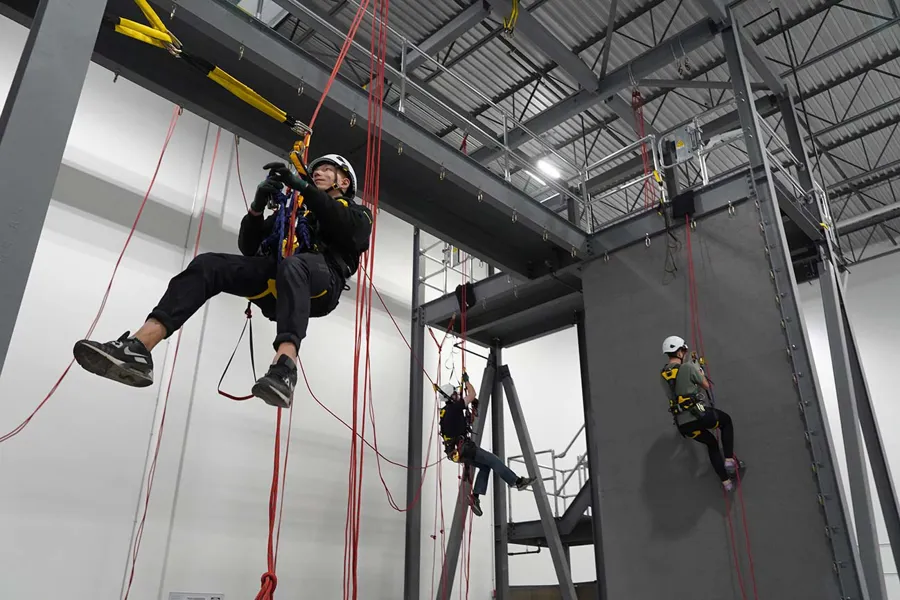Facts About Vehicle Signwriting

Since the early 1970s, store signs have played a key role in the presentation of shops. These iconic icons have guided customers toward their desired destination. Over the years, shop signs have evolved in response to changes in both consumer and retailer preferences and needs. Early shop signs were simple and basic. They consisted mainly of images and basic symbols that represented the kind of business inside. They were simple images, such as a shoe or paintbrush, that represented the type of business. These signs were necessary at a moment when many people lacked literacy and relied on images to identify shops. Shop signs began to gradually incorporate text with symbol imagery as literacy levels improved. This allowed for a more explicit representation of the store’s offerings. Signs were updated to include words such as “Bakery”, ‘Pharmacy” and ‘Tailor”, giving customers a better understanding of what services are offered. If you’re looking for additional info on vehicle signwriting, look at the earlier mentioned website.
Signs were also used to distinguish businesses. With more and more shops opening in close proximity to each other, it was important for them all to have their own unique sign. This encouraged shop owners to be creative and innovative in their signage, using unique shapes, colors, and designs to catch the eye of passersby. The introduction of new materials and technology has further revolutionized shop signage. Over time, traditional hand painted signs began to be replaced by more cost-effective and durable options. Wood, metal and plastic materials were more durable and able to withstand weather and time. In recent years, digital signage has become increasingly popular. LED screens and electronic displays allow store owners to display dynamic content such as rotating images, promotional messages, and videos.
This modern approach to shop signs offers a level of flexibility and customization that was previously unattainable. Shop signs are not only functional, but they also add character and charm to the cityscape. As one walks through busy shopping districts, it is possible to see a rich tapestry, with each sign telling a different story about the business they represent. These signs create an atmosphere of commerce and vitality, inviting customers to explore and engage with the local community. Since decades, shop signage has been an essential part of depicting shops. From simple symbols to elaborate designs, these signs have evolved alongside societal changes and technological advancements. The signs are not only useful for providing information to consumers, but also enhance the vibrancy and aesthetics of urban environments. One thing is certain as we navigate through the ever-changing retail landscape: shop signs will serve as beacons connecting customers to the shops they seek.






